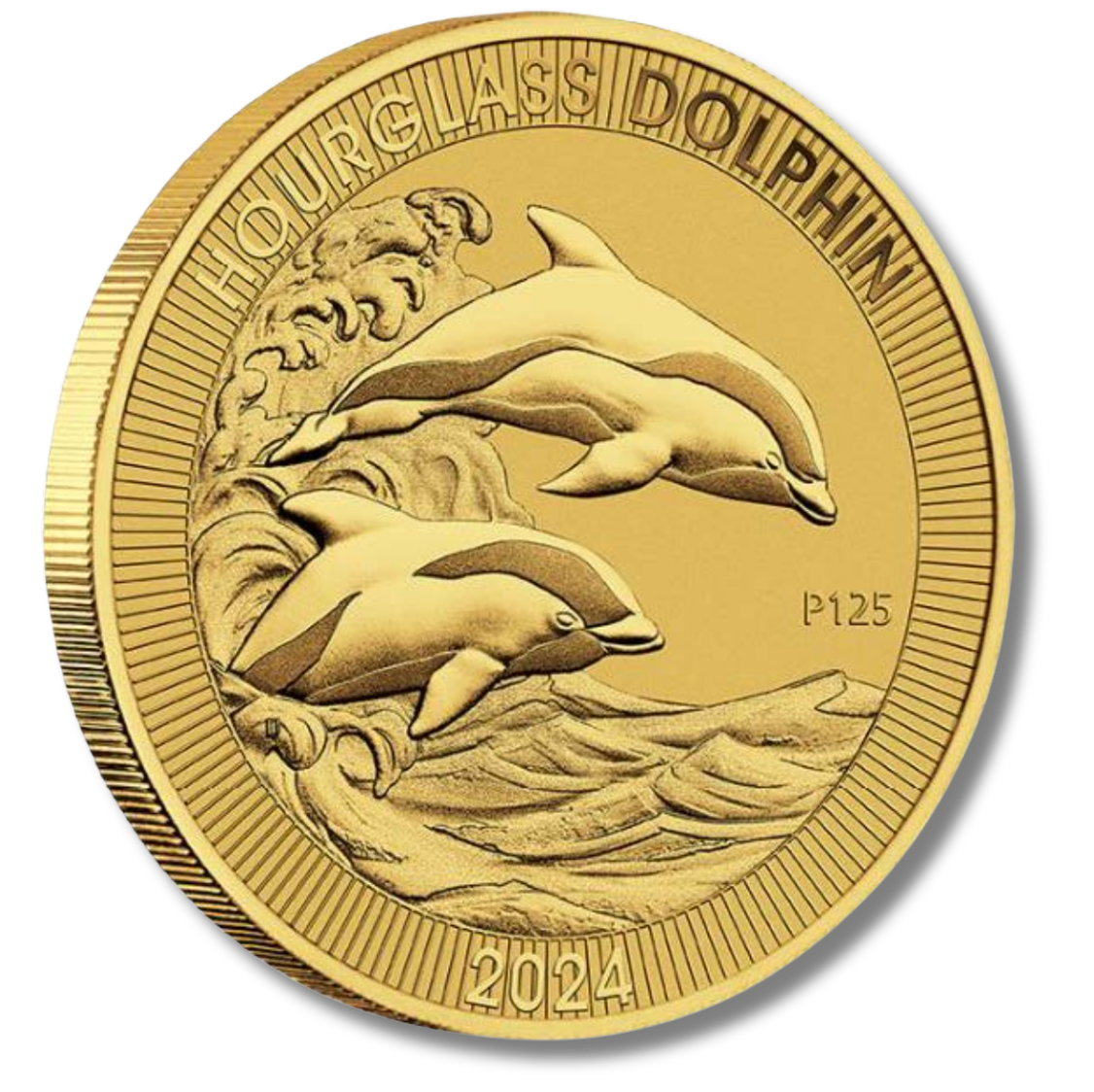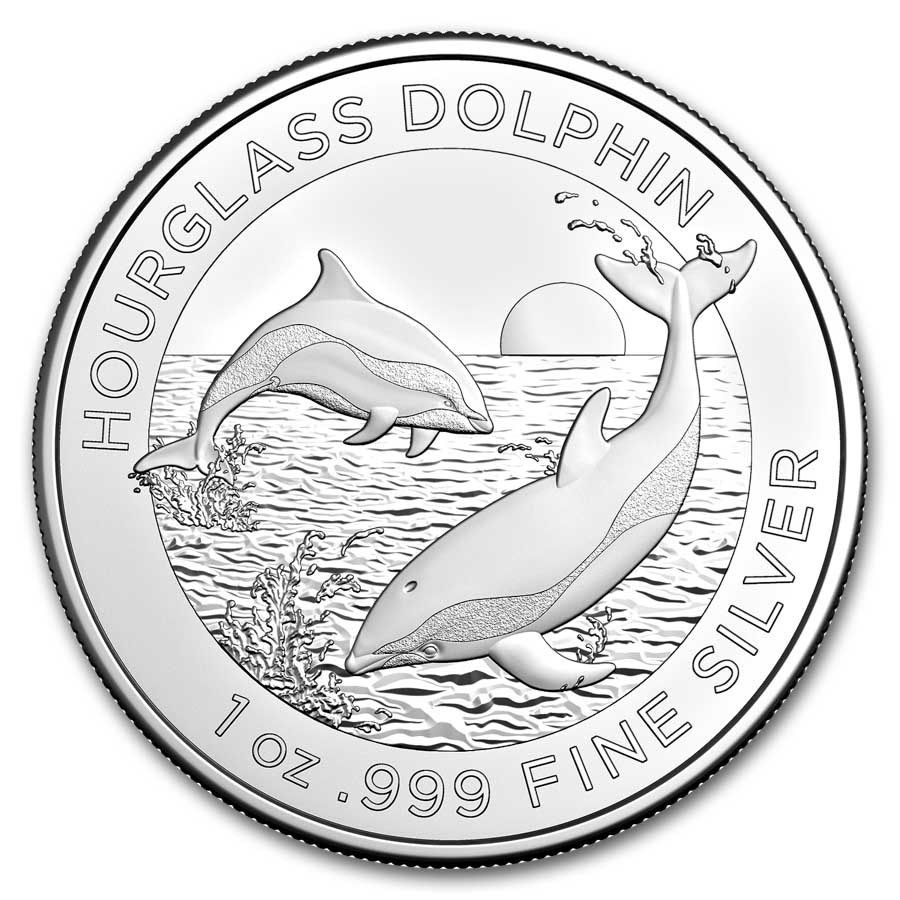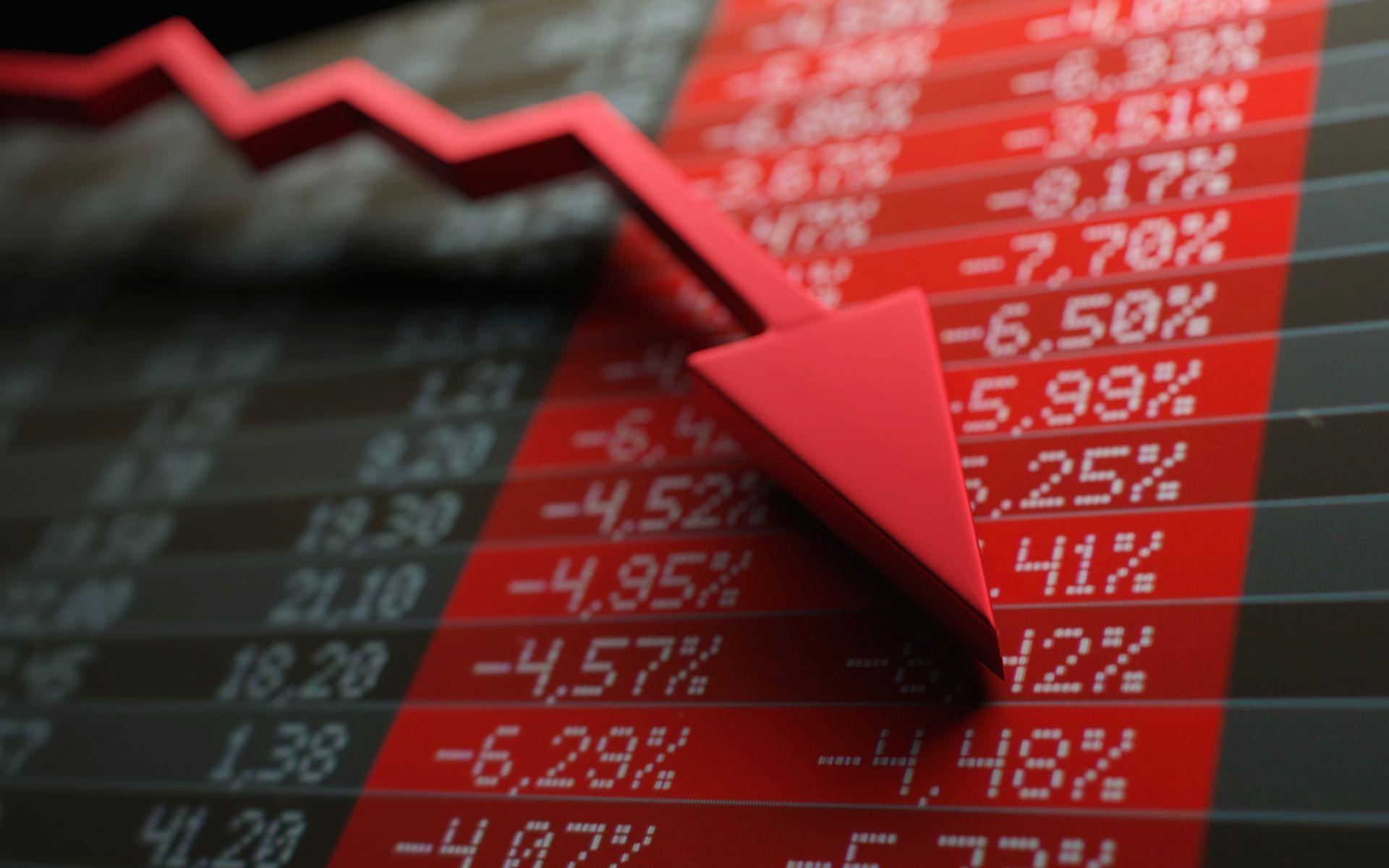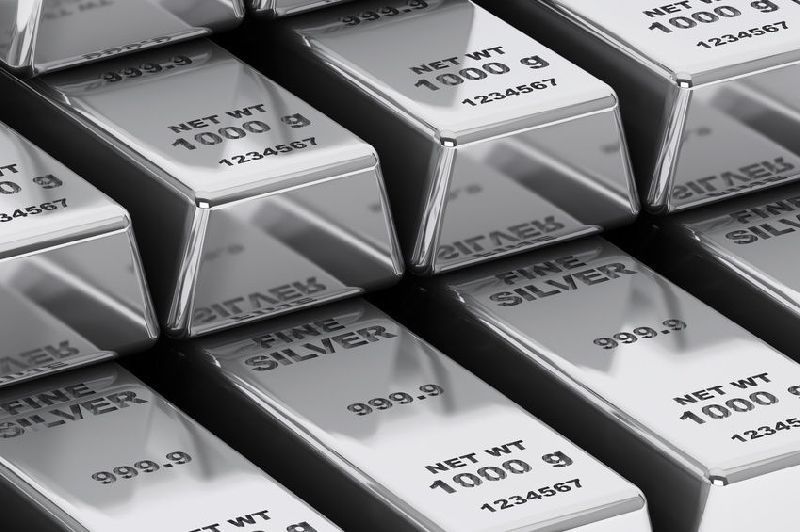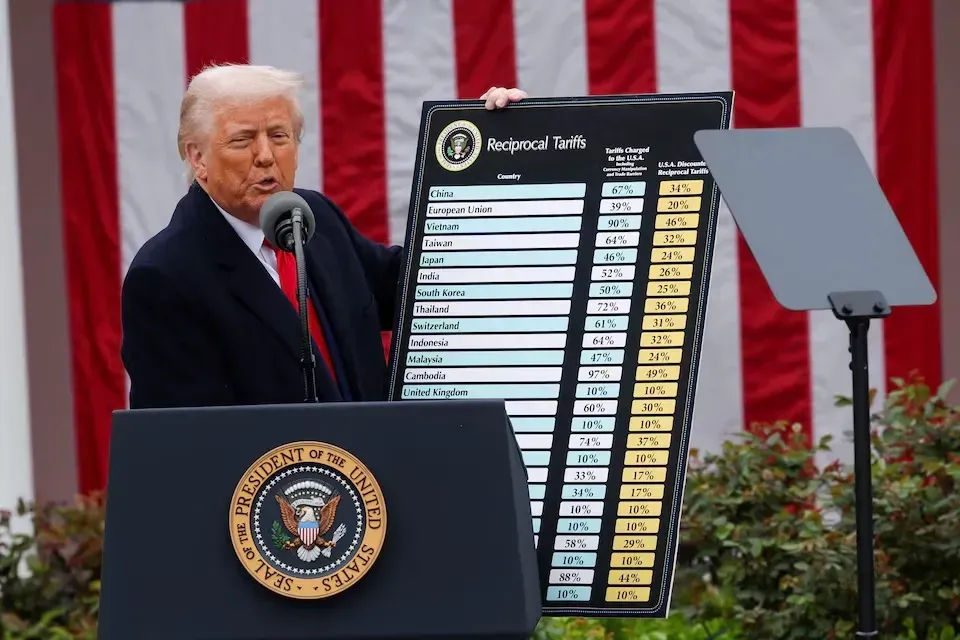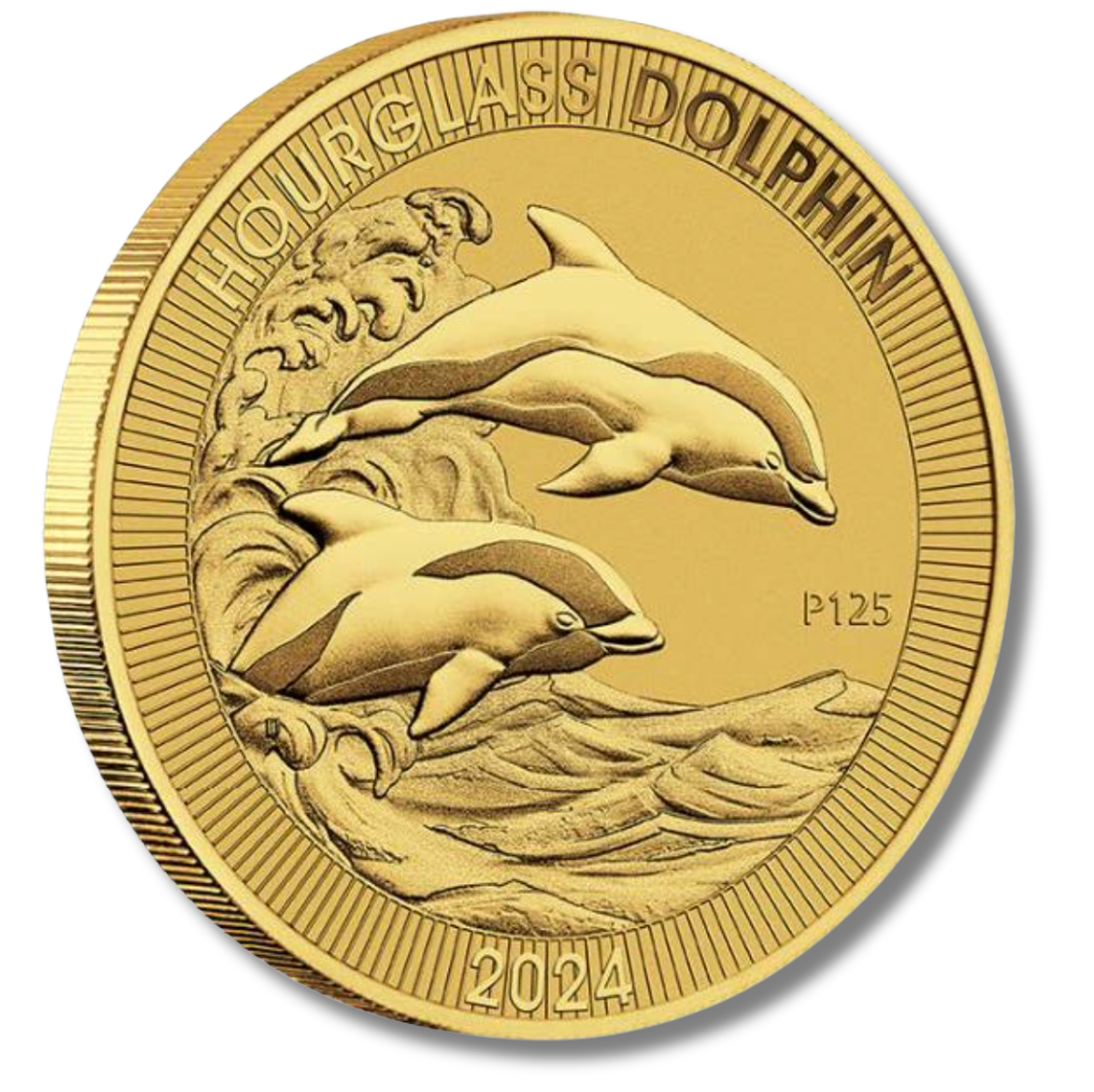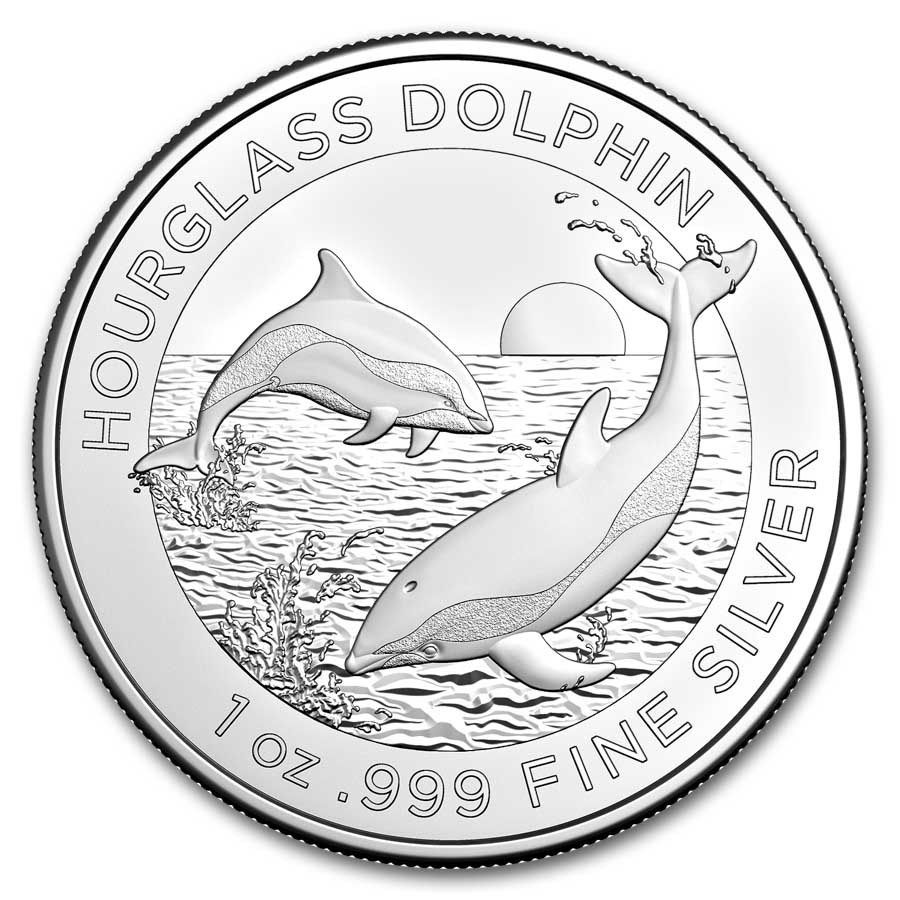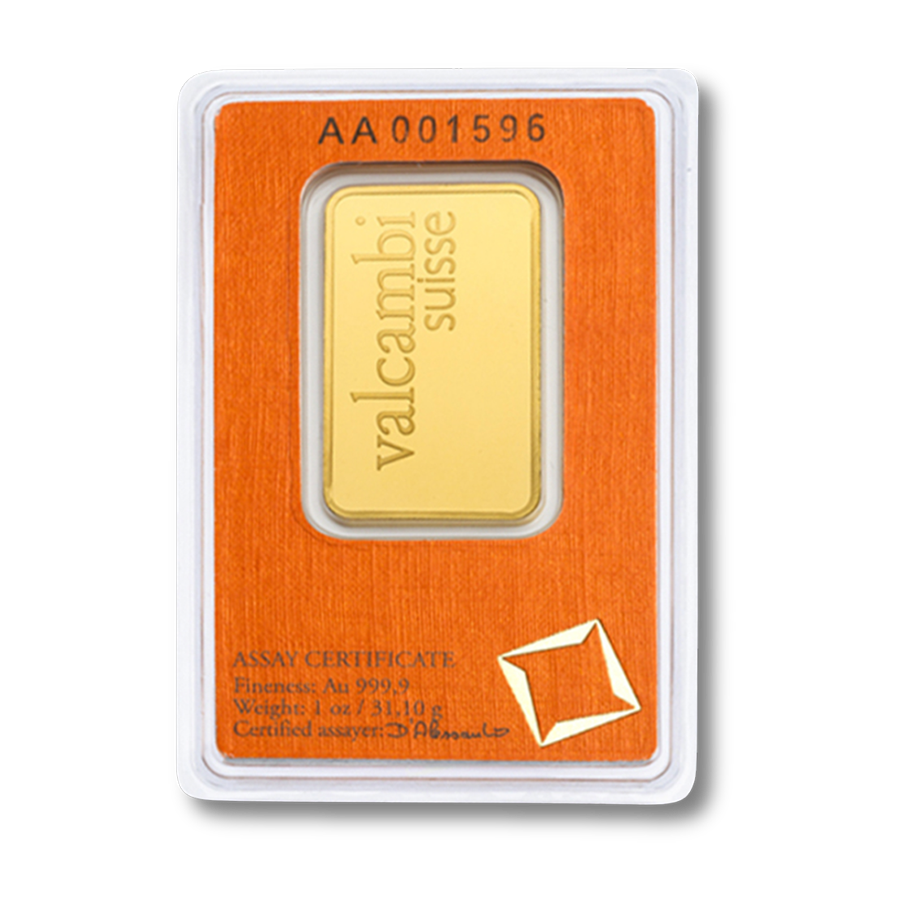Why Waiting for a Dip Could Be Riskier Than Buying Gold Now
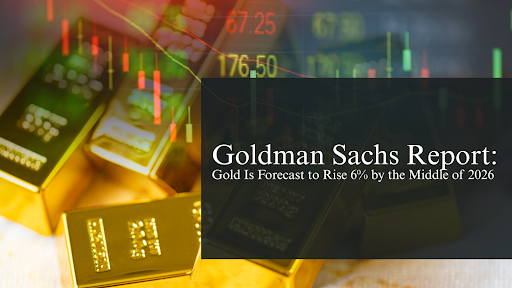
In its recent outlook, Goldman Sachs Research forecasts that gold prices will rise about 6 percent by mid-2026 (from ~$3,772 to $4,000 per ounce), driven largely by structural demand, especially from central banks. (Goldman Sachs)
Key Highlights & Strategic Implications
- Central bank accumulation remains vigorous. This year, central banks have been averaging
64 tonnes of gold purchased per month. (Goldman Sachs)
- Seasonality masks the trend. Goldman notes that central bank purchases often slow during summer and re-accelerate from September onward, yet its base assumption is that accumulation continues for
another three years. (Goldman Sachs)
- Survey data confirms rising intent. In a World Gold Council–backed survey,
43 percent of central banks plan to increase their gold holdings, the highest rate since 2018, and
none plan reductions. (Goldman Sachs)
- Upside risk dominates downside. Goldman Sachs sees a greater chance that gold will
overshoot its forecast than undershoot it, citing strong positioning and favorable demand drivers. (Goldman Sachs)
Bottom Line for Precious-Metals Investors
Goldman’s forecast underscores a powerful insight: the risk in waiting for a lower entry point may be far greater than buying now. As structural demand from central banks continues to build, and as survey data shows a tilt toward accumulation rather than reduction, gold’s downside appears limited while upside remains compelling.
For investors in gold and silver, this reinforces the case for acting sooner rather than later. Holding out for a dip may mean losing ground in a rising environment grounded in fundamental forces, not speculative whim.
Source: “Gold Is Forecast to Rise 6% by the Middle of 2026,” Goldman Sachs Research.
Disclaimer: This summary is for informational purposes only and does not constitute financial advice. Past performance is not indicative of future results.


